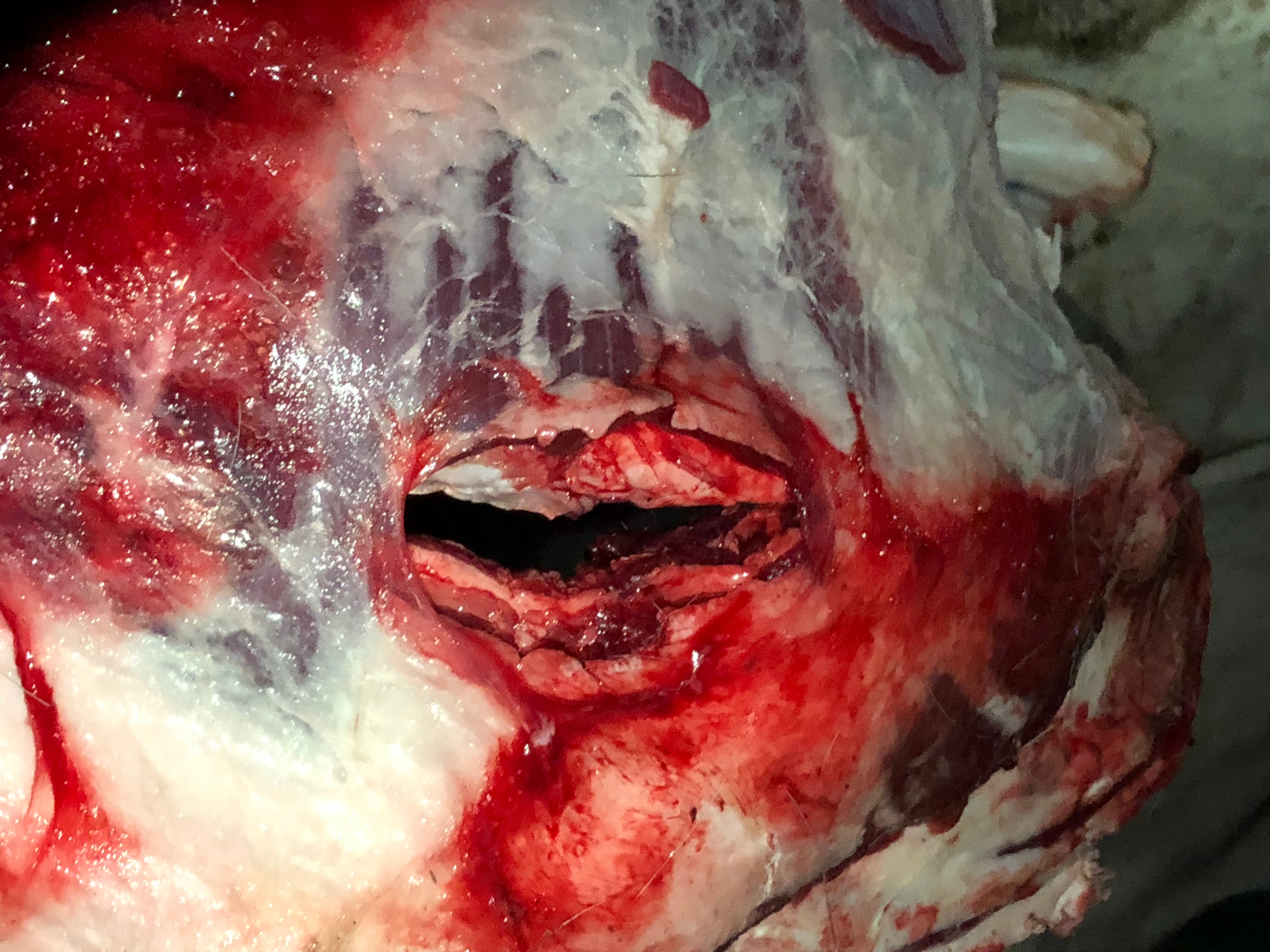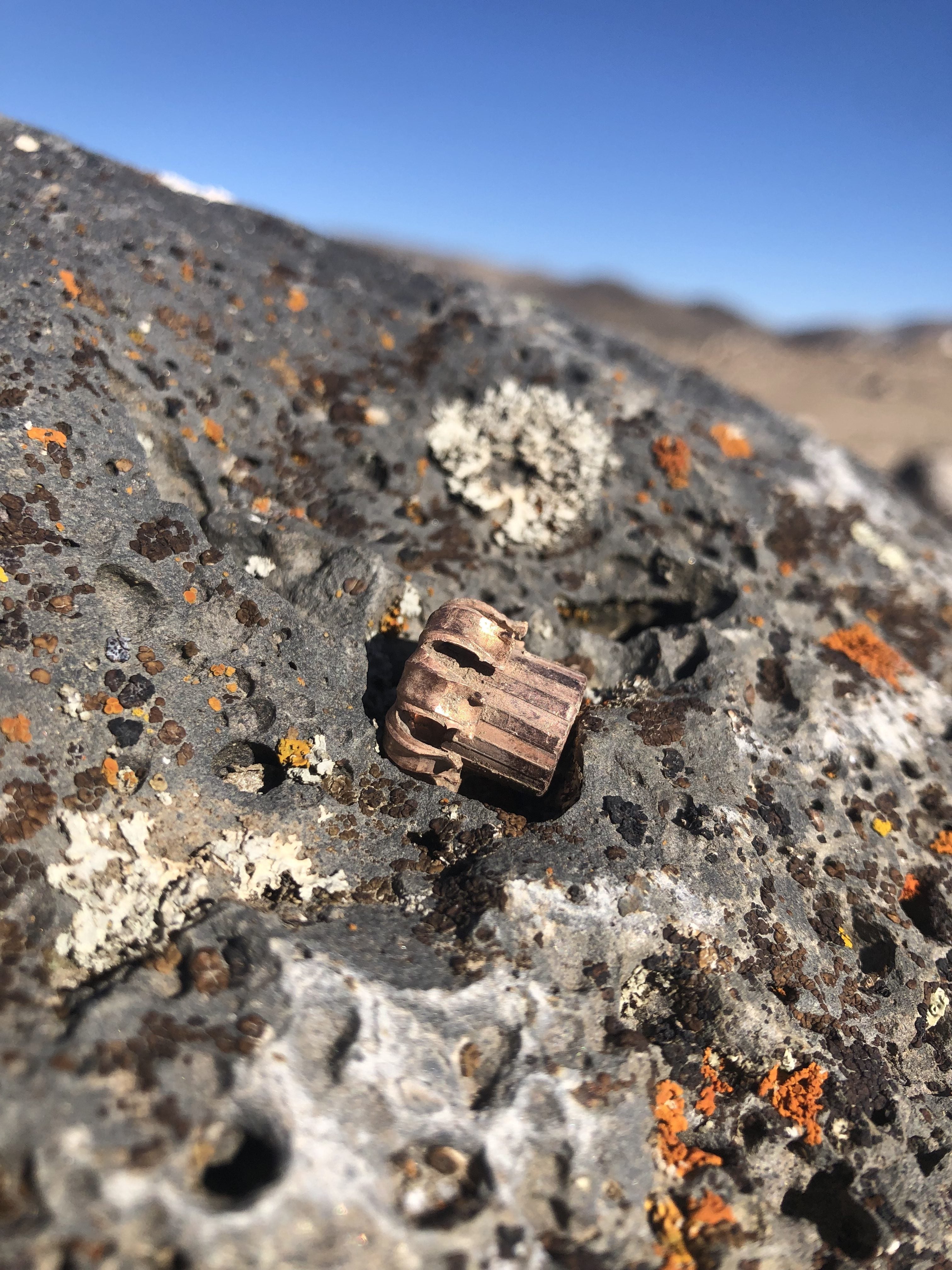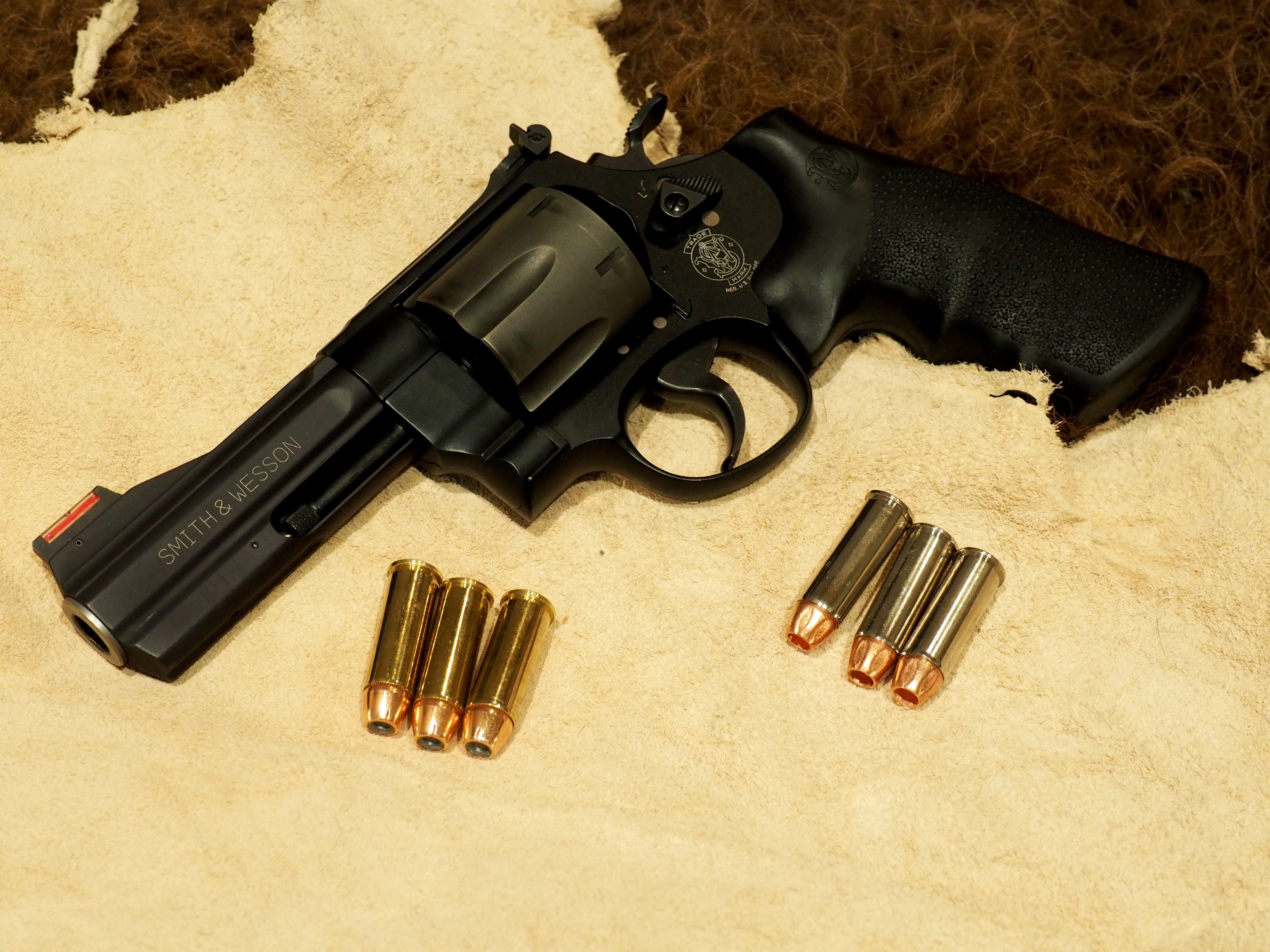Welcome back to our recurring series of “Home on the Range.” Here, we would like to share all of our experiences for those who may be homesteading, living off the land, hunting, farming, ranching, and truly investing in nature and the great outdoors. The ability to provide for yourself and your family can be tremendously rewarding and simultaneously difficult at times. So, in “Home on the Range” we want to share our different exploits so you can learn and hopefully we can receive your feedback along the way as well.
Bullet Performance – Leaded or Unleaded
Most hunters should strive to achieve one-shot kills on game. A follow-up shot is usually a stressful event, and the uncertainty of tracking a wounded, but not fatally hit animal is something no hunter should ever want to experience. Personally, I strive to make all my hunting shots “100%” shots, with an absolute certitude that I will hit my aiming point 100% of the time should I pull the trigger. Recently, I had someone I was hunting with wonder why I did not take a shot at an absolutely outstanding bull elk from 600 yards away across a canyon, with 26mph wind gusts at our position. (The uncertainty of Venturi effect wind in the middle of the canyon is why). Should you pull the trigger, however, you want the bullet to do absolutely deadly immobilizing damage when it hits its mark. Hunters have a lot of choices of bullets these days, and one of the biggest choices (for those of us who live in free states) is whether or not to use a bullet that has lead in its construction.
The obvious advantage of traditional bullet construction, with a copper jacket over a lead core, is the energy-transferring, diameter expanding properties of that lead core. Well-constructed solids, on the other hand, can now mimic that performance, while having the benefit of (usually) better penetration and weight retention. Deeper into the weeds, mono-metal bullets can be lighter in weight and have a different BC due to weight distribution and longer length than their bi-metal counterparts.
Bullet Performance – Good and Bad Experiences with Bi-Metal Bullets
Without exception, every game animal I have hit with Hornady ELD-X bullets has met a swift, instantaneous end. The one downside is blooding of musculature can be visible far from the point of impact, to the extent that I lost a good amount of meat in a mule deer I harvested with that bullet, even though I hit it in the heart. Another small downside is that you are passing lead through something that you intend to eat. I do think that all, but the most careless hunter do not eat tissue that has been hit by the bullet or its fragments. Its something that someone who has never cut up an animal would think would happen, and is nowhere near the reality we hunters experience when dressing game or cutting meat. This is the main point that “scientists” miss, and then are mystified when their studies of hunters show we have the same or less lead exposure than those who don’t hunt.

Bullet Performance – Good and Bad Experiences with Mono-Metal Bullets
I had a bull Yukon moose full on broadside to me at 300 yards. Fully in the rut, he had just come from a fight with another bull. I launched a .300 Win Mag Federal Trophy Copper round into the intersection of his heart and lungs. I heard the “whop”, saw the ripple, and was in a bit of a shock when the 1600lb animal calmly turned and started trotting off. Thankfully, he remained in view and I cranked 4 more rounds into him as he made his way from 300-700 yards, mostly into his spine between his shoulder blades.

Upon cutting up the moose, we found two of those rounds under the skin of his front legs, looking like they had just been pulled from the casing with no expansion! The first round had indeed hit the intersection of heart and lung, but did not expend enough energy at that range to drop the huge moose who was already full of adrenaline. Another hunter on the trip, however, hit an even larger moose at 100y with the same bullet and it dropped on the first shot. Goes to show that with monometal bullets, velocity matters. That being said, I have seen absolutely devastating results on wild boar shot with Hornady Monoflex ammunition, as well as excellent weight retention and expansion from. Furthermore, I have seen absolutely dismal performance of monometal “Razorback” bullets from Winchester, thankfully while testing on an already-dead carcass.
The smallest animal I have harvested with a copper solid was a alpine chamois. Harvested in the Austrian Alps, this animal was being specifically hunted for consumption in a restaurant, and we were required to use the copper solids as part of their food safety protocols. The shot was at 80 meters, and though the kill was instantaneous, yielded no significant entry or exit wound. This made finding the carcass difficult, as it fell down an extremely steep incline to end up lodged under a tree, and did not leave any kind of blood trail.
Bullet Performance – Wrapping it Up
Making a decision as to what round to hunt with requires careful consideration. First and foremost, make sure your hunting platform and the round pair well together in terms of reliability (feeding) and accuracy before obtaining a good stock of that ammunition. Don’t get wrapped around the axle of lead vs non-lead rounds in terms of lead in your meat, more importantly select rounds that expand well, transfer enough energy, and are able to penetrate through the kind of game you are hunting. Monometals like Hornady GMX/Monoflex and Bi-Metals like their ELD-X should drop what you are hunting right in its tracks, provided you hit it where it needs to be hit with enough velocity to allow the bullet to perform its job.

The post Home On The Range #011: Solid vs Bi-Metal Bullet Performance on Game appeared first on AllOutdoor.com.


